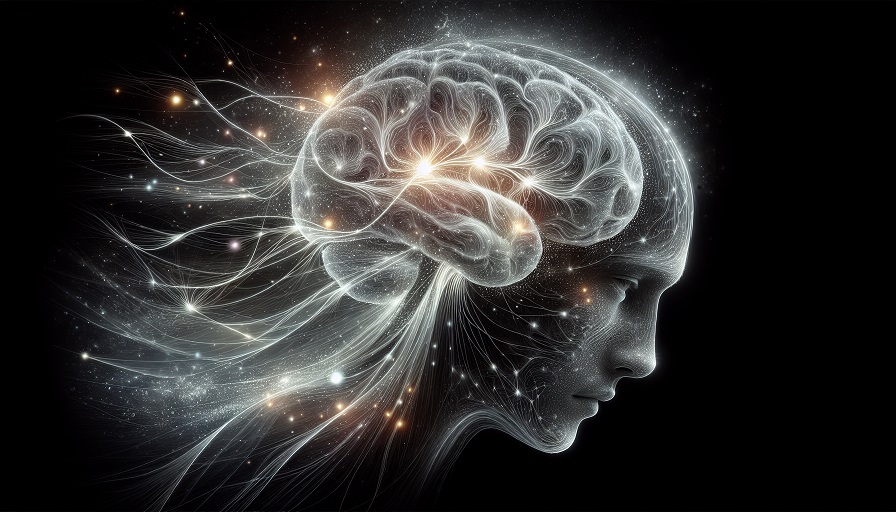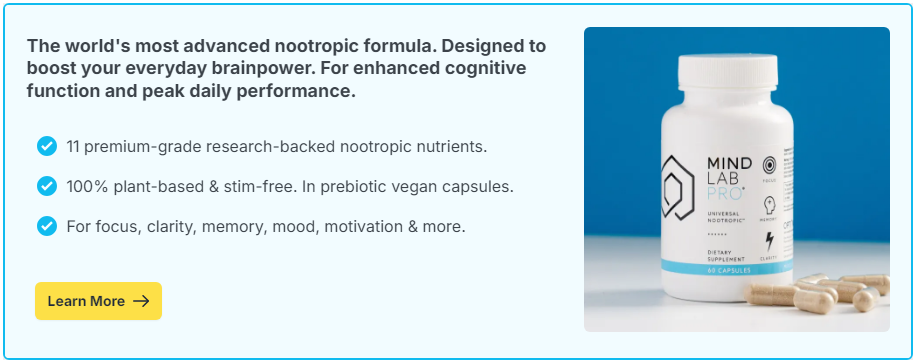
We often think of daydreaming as wasted time – those moments when your mind drifts away during a meeting or while staring out a window. But brain science tells a different story. Daydreaming isn’t laziness; it’s a critical function that fuels creativity, problem-solving, and innovation. When your brain wanders, it connects ideas that normally stay separate, sparking insights you might never have reached through logical thinking alone. Artificial intelligence, on the other hand, doesn’t daydream. It follows rules, processes data, and outputs results, but it never drifts, imagines, or wonders “what if.” That difference is one of the human brain’s greatest creative advantages.
Contents
What Happens in the Brain When We Daydream
Daydreaming may look passive, but under the surface, your brain is anything but idle. Neuroscience shows that daydreaming activates powerful networks that play a direct role in creativity and imagination.
The Default Mode Network
When your mind wanders, your default mode network (DMN) lights up. This system is associated with imagination, self-reflection, and connecting distant ideas. It’s the same network involved in storytelling and future planning – both essential for creativity.
Connecting the Dots
While focused attention narrows thought, daydreaming broadens it. It allows the brain to scan memories, ideas, and experiences, often linking concepts that seem unrelated. This is why breakthroughs often come when you’re walking, showering, or zoning out.
Emotional Processing
Daydreaming also helps regulate emotions. By replaying events or imagining scenarios, the brain processes feelings and prepares you for challenges. Emotional insights fuel creative work with meaning and depth, something machines cannot mimic.
Daydreaming as the Engine of Creativity
Great ideas rarely arrive under pressure. They often emerge in moments of wandering thought. History is full of examples where daydreaming sparked innovation, highlighting why this mental state is essential for human creativity.
Einstein’s Thought Experiments
Albert Einstein credited much of his work to “thought experiments,” essentially structured daydreams. He imagined riding a beam of light, and from this vision came breakthroughs in physics. No algorithm could replicate this leap of imagination.
Artistic Inspiration
Artists, writers, and musicians often rely on daydreaming to unlock originality. J.K. Rowling has said the idea for Harry Potter arrived during a train ride when her mind was drifting. Such inspiration grows from wandering, not structured logic.
Everyday Problem-Solving
You don’t need to be a genius to benefit. Daydreaming often produces solutions to ordinary challenges – figuring out how to approach a conversation, inventing a new recipe, or coming up with a creative shortcut at work.
Why AI Can’t Daydream
AI systems generate impressive outputs, but their process is fundamentally different from human imagination. They don’t wander, they don’t drift, and they don’t ask “what if” questions. These limitations explain why machines can’t replicate daydreaming.
No Inner Life
Humans daydream because we have inner worlds shaped by memory, emotion, and imagination. AI doesn’t have consciousness. It doesn’t picture scenarios or imagine alternate realities; it only processes inputs and outputs.
No Creative Serendipity
Daydreaming thrives on randomness. A stray thought connects with an old memory and sparks a new idea. AI, by design, avoids randomness. It sticks to data and patterns, which limits its ability to generate true novelty.
No Emotion-Driven Insight
Human creativity often emerges from emotional exploration – joy, grief, hope, or fear. Daydreams are infused with feeling. AI has no emotions, so its outputs lack the lived resonance that makes human creations powerful.
How to Harness Daydreaming for Creativity
Instead of treating daydreaming as wasted time, you can cultivate it as a tool for creativity. Structured wandering gives your brain the space to generate insights while staying balanced with focused work.
Build in Mental Downtime
Schedule unstructured time into your day. Go for a walk without headphones, sit quietly with a cup of coffee, or look out a window. These moments activate your DMN and encourage wandering thought.
Practice Mind-Wandering Exercises
Use prompts to guide your daydreams. Ask yourself “what if” questions, imagine alternative scenarios, or mentally rehearse challenges. This nudges your mind into productive creative states.
Balance Daydreaming With Focus
Daydreaming alone isn’t enough – it needs balance. Alternate between focused work and mental wandering. Neuroscience shows that this cycle supports both innovation and productivity.
Protect Brain Health
Daydreaming is most powerful when your brain is healthy. Sleep, exercise, nutrition, and nootropics support mental clarity, ensuring your wandering thoughts remain fertile ground for ideas.
Case Studies: Daydreaming in Action
Scientific Innovation
Many scientists credit flashes of insight to moments of daydreaming. From Kekulé’s dream of a snake biting its tail (leading to the discovery of the benzene ring) to Einstein’s light-beam musings, wandering thought has driven breakthroughs.
Creative Breakthroughs
Artists often report that their best ideas arrive when they’re not actively working. A musician hears a melody while walking. A painter envisions a scene while staring at the sky. Daydreaming fuels originality across fields.
Personal Problem-Solving
Even outside of art and science, daydreaming helps with daily challenges. Whether imagining how to improve a work process or rehearsing a difficult conversation, mental wandering creates solutions machines can’t generate.
Daydreaming is not a distraction – it’s a creative engine. Neuroscience shows that when your brain wanders, it activates networks that fuel imagination, problem-solving, and innovation. AI may excel at processing data, but it cannot daydream. It doesn’t wander, wonder, or imagine possibilities outside of its programming. By embracing daydreaming as a tool instead of resisting it as a flaw, you tap into one of the brain’s greatest creative strengths. In a world where machines handle routine work, your ability to imagine through daydreaming ensures that your creativity will always stay uniquely human.

